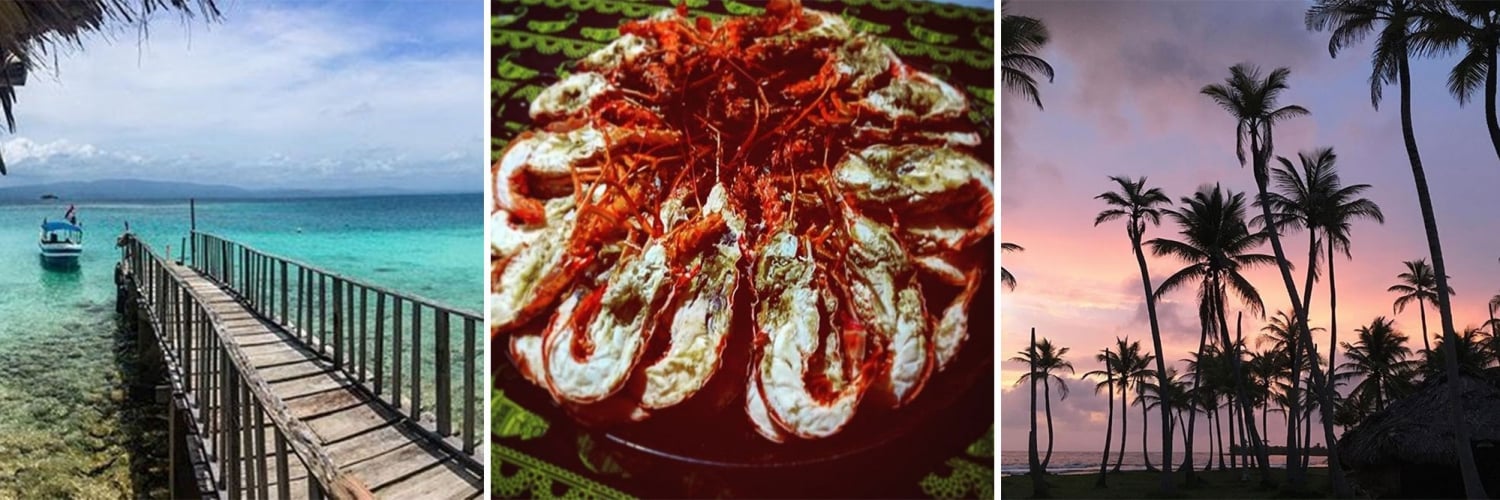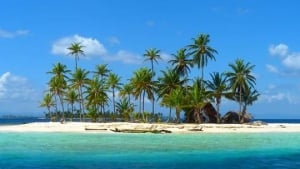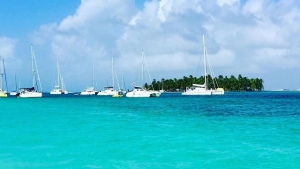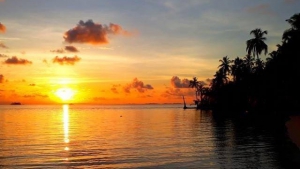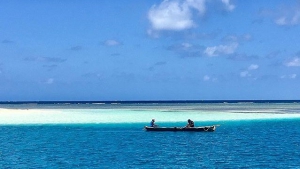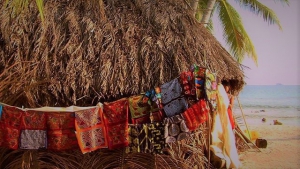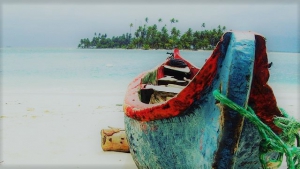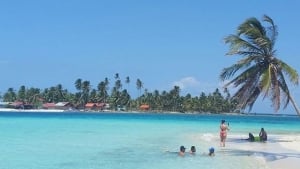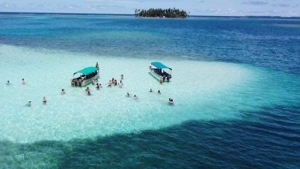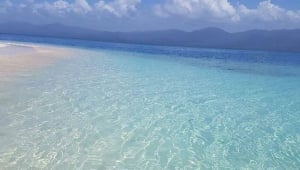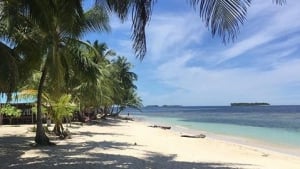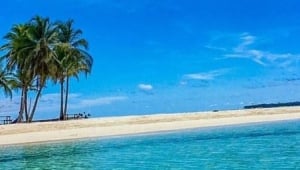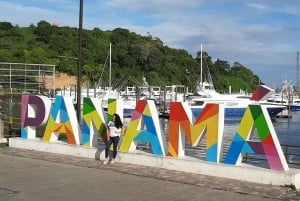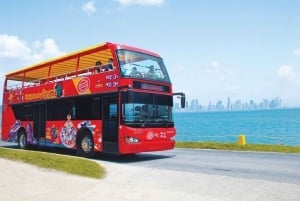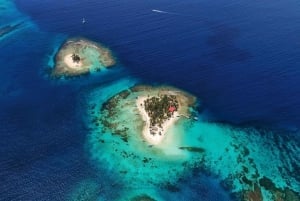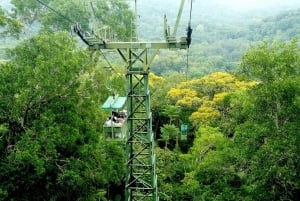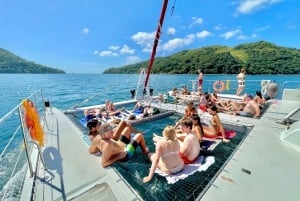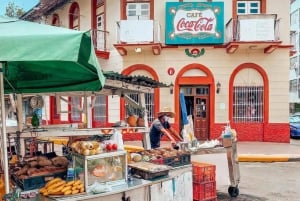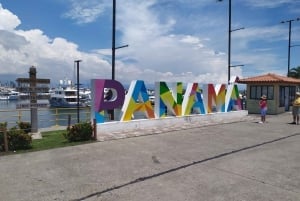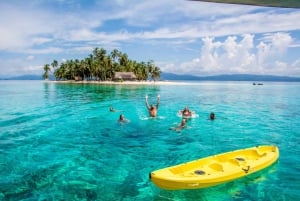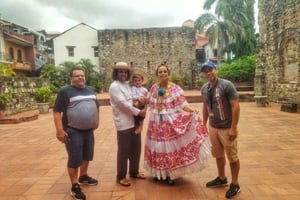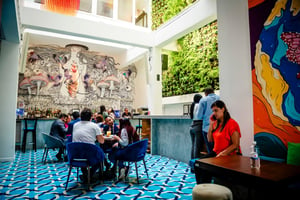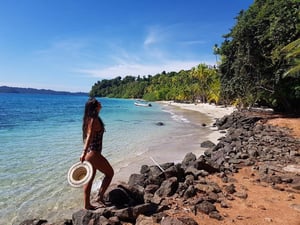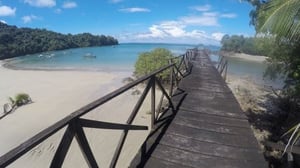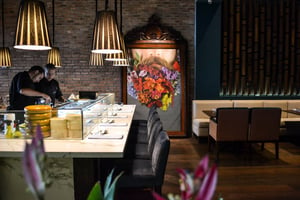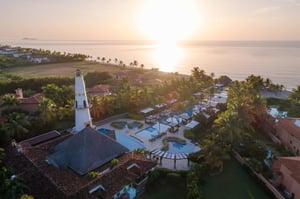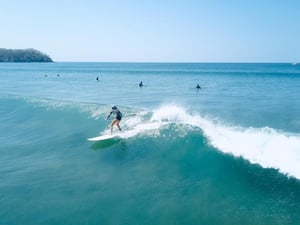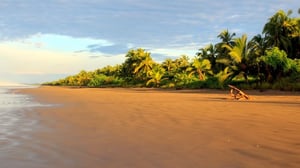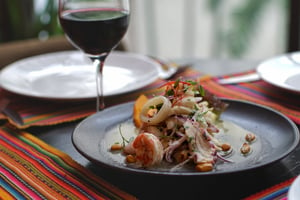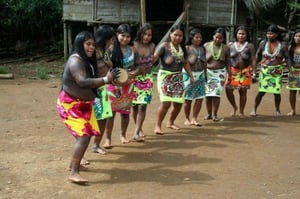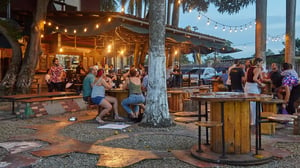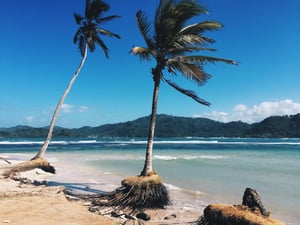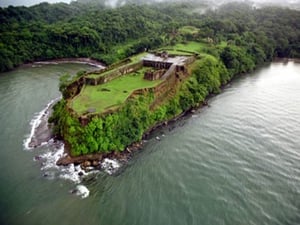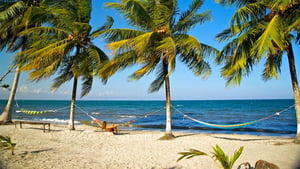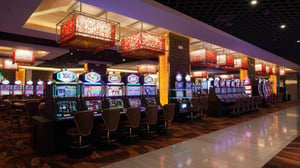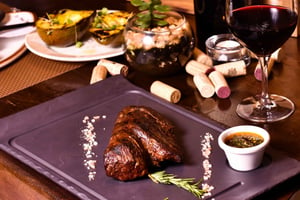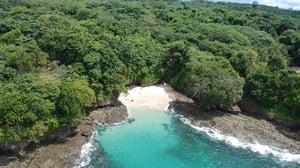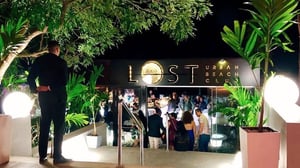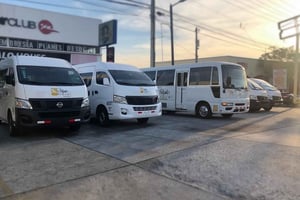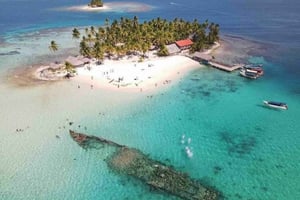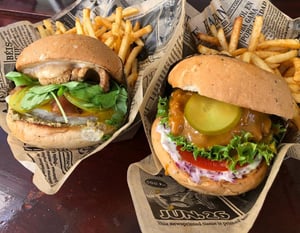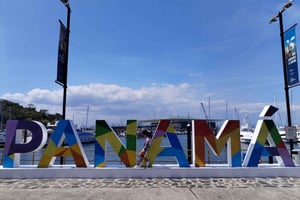San Blas (Guna Yala)
Tips for visiting the territory of Panama Guna Yala
Scattered along the Caribbean coast of Panama, 365 tiny coconut islands of the San Blas archipelago is one of the most intriguing places in Central America. It's a paradise, as most of us imagine, with coral reefs, sunken wrecks and tropical beaches in every direction. Throw arrows into shreds and powdered white sand, why not?
The region is also home to Guna, the first indigenous group in Latin America to have political autonomy. While they included outboard engines and cell phones, much of this culture remains traditional; in contrast to the more commercial parts of the Caribbean, visiting Comarca de Guna Yala will give you the chance to embrace local customs. Travel planning may require a bit more preparation, but fortunately we have a handy guide that will help you navigate this fascinating place.
Oddities of life on the island
The San Blas archipelago consists of social islands and external islands or resorts. The islands of the community, closer to the continent, are densely packed with bamboo huts, livestock and people; it is more likely that they will have budget headquarters, but the tumult may not meet your expectations of a distant tropical paradise. The outer islands are inhabited only by carers who observe coconut trees on a regular basis, while while the latter make holidays more attractive, there may be little opportunity to interact with residents or master the culture. As you can imagine, the culinary scene in the region is fresh and local, with a hard approach to seafood. Meals usually consist of fish and rice, with lobster or octopus sometimes available for a few dollars. The fruits are imported from the continent and can be in a limited amount, so it is good to bring your own.
Learn about the traditions of San Blas
The people of the Guna tribe form one of the largest indigenous groups in the country and work hard to protect Comarca from unwanted westernization. Remember this by moving around in the region - take the time to learn about Guna's lifestyle and interact with residents. Knowing even the basic greeting (in honor, thank you to dot nuet) can be helpful in determining the goodwill. Guna also arranges a good party: check out Nogagope, a traditional dance festival that takes place on Isla Tigre, or the February 25 Guna Revolution celebration of 1925. Admire colorful molasses, decorative ladies panels sew on sweatshirts, for sale at local fairs; in Guna's culture, having sophisticated - with small stitching, many layers of fabrics and good patterns - is a source of pride. Just as molasses have become popular with travelers, they are nowadays often used as decorations, framed with walls or imposed on throwing pillows.
Interesting fact: until the end of the nineties, coconuts functioned as the main currency of the region. Even now, millions of coconuts are exported annually to Colombia in exchange for groceries, batteries and other commodities. So, taking a coconut is similar to a pick-pocket - do not do it. Instead, you can ask if there are coconuts for sale and whether you can quickly part with the blow of the machete. Note: Users should always ask for permission before taking photos or videos. Many Guna prefer not to be photographed, while others may pay for it, and women in traditional costumes may be particularly reluctant. Helps you always get a feel for the situation, spend time with the residents and develop a relationship before asking for a photo.
Things To do list
First, leave your fiefs behind you - accommodation in Comarca is unique. The most common accommodation is thatched roofs with sand or cement floor and bathroom (in room or shared) without heated water. Package offers are the norm, with accommodation, meals (but not beverages) and one trip per day included in the price, and range from USD 70-120 per day; they are usually booked through accommodation facilities or local travel agencies, because communication with the former may be somewhat unreliable. If you are looking for a bit of romance and relaxation, you will be able to enjoy the quiet waterfront of Akwadup Lodge or the octagonal thatched roofs at Yandup Lodge, and those with a budget will feel at home in De Mar Achu. Those planning a camp have many options, because several islands (Salardup, Isla Tortuga / Morodup, Isla Banedup) have available campsites; guests can save a lot by bringing their own camping equipment, so think about the hammock, rain cover and mosquito net - ideal for these climates. Most campsites can provide beds or pillows, sheets and tents at a price similar to accommodation in cottages.
Plan ahead
Careful selection of accommodation is crucial because its remoteness makes it difficult to change your mind. When planning a visit, check if there is shade, privacy (some huts are located close to each other) and a place to swim in the place where you are. Ask also about trips, which may include a visit to the community island, diving or hiking on the continent. Very few nights will not include trips, which usually lasts from a few hours to the whole day, depending on the activity; It should be remembered that distant islands may require a more expensive transfer if it is not included, and a navigable boat equipped with a good engine. Some suppliers also conduct diving trips on specific reefs and onshore visits to go to a waterfall or a cemetery. Ask in advance if they have diving equipment, but if you want to fit well, it's always worth to bring your own. When booking, please note that internet access is not the norm in the archipelago, so site inquiries may not give a quick answer. In addition, cell phones tend to fall in water, making contact numbers quickly obsolete. It may be useful to use an agency, such as Panama Travel Unlimited, which can show the range of options.
In recent years, garbage has become a problem for the archipelago. Without a formal deportation system or a designated deposit, it usually ends with a discreet - or not so discreet - corner of the island. As a visitor, the best thing we can do is be aware of generating the least amount of garbage and packing them. Before visiting the islands, it is helpful to minimize the packaging of food products, batteries and toiletries.
Setting the sail
Adventurous travelers wishing to explore the Caribbean Sea have found their chance: here you can sail through the archipelago, explore distant islands and escape from all the possibilities of crowds. Sailboats usually require a minimum of three to four days and are best for small events, due to high operating costs. Small ships usually work with private organizations, offering non-standard routes to small groups, while larger boats can be adapted to travelers and mixed groups. The latter option is prone to attenuation, so it helps to get a boat's jump from former passengers (or agencies) and ask for accommodation, whether you get a bed or floor, what is the food and the number of people on the boat. Useful resources include booking agencies San Blas Sailing for private charters and Cacique cruisers for occasional trips. Many are trying to reach Colombia by Guna Yala, but this four-five-day trip is not for people with a weak heart. It is a difficult passage through the open sea beyond San Blas, but if your inner swashbuckler can not resist the voyage, San Blas Adventures uses motorboats that stay close to the coast and group the camp along the way.
Do not rush
You can visit one day, but why hurry? The trip to the island requires about four hours of return trips from Panama City. Although some agencies will do it for $ 150, it should be taken into account that overnight packages start at $ 80. If you do not have time to catch, give him an extra day or two - once you see these clear waters and beaches surrounded by palm trees thank you.
Pay your way
Almost every island gets an unpaid landing fee for visitors (2-7 USD). Visitors tend to reject these small cash withdrawals, but consider them as a tax. There is also a fee for entering Comarca (USD 20) and using the Port of Carti (USD 2).


